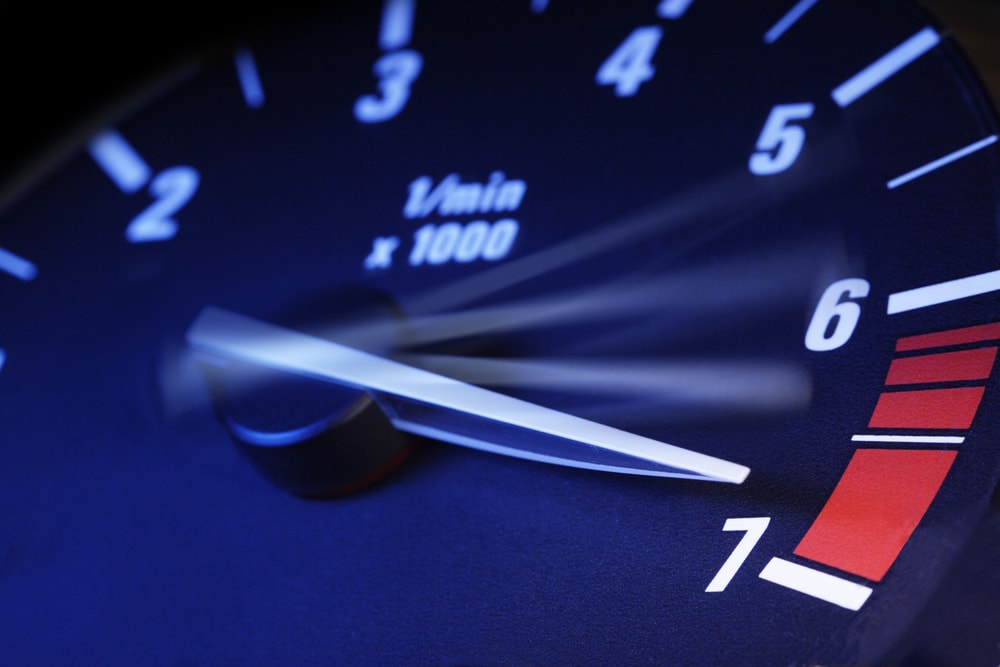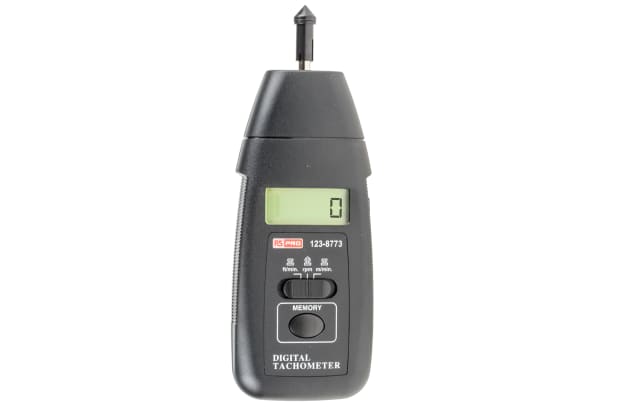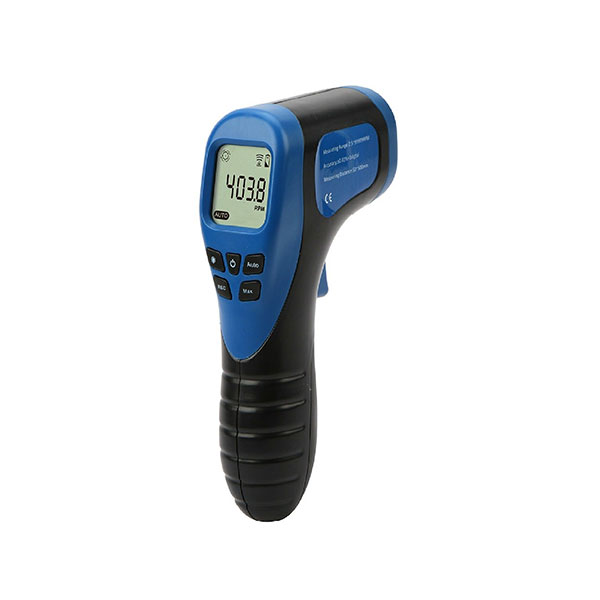Tachometer Essential: Whatever You Required to Know for Accurate Readings
Tachometer Essential: Whatever You Required to Know for Accurate Readings
Blog Article
The Relevance of a Tachometer in Monitoring Engine Rate and Performance in Automotive Applications
In the world of automotive engineering, the tachometer stands as an essential instrument in the vehicle driver's collection, giving a direct home window right into the inner operations of a vehicle's engine. Past its feature as a plain scale of changes per minute (RPM), the tachometer works as an essential device for enthusiasts and experts alike, using real-time understandings right into engine performance and wellness. Comprehending the significance of this gadget surpasses surface-level observations, diving right into the elaborate relationship in between engine rate, power outcome, and total driving experience. As we discover the diverse duty of the tachometer in automotive applications, a deeper appreciation for its influence on car characteristics and effectiveness begins to emerge.
Importance of Monitoring Engine RPM
Keeping track of engine RPM, or changes per min, is a critical element of automobile maintenance and efficiency evaluation. Engine RPM straight correlates with the rate at which the engine's crankshaft revolves, indicating exactly how swiftly the engine is running - tachometer. By checking RPM, mechanics can evaluate the health and wellness of the engine, identify possible issues, and fine-tune efficiency. An uncommon RPM analysis may indicate troubles such as engine misfires, damaged ignition system, or issues with the gas shipment system. Regularly high RPM analyses can show hostile driving practices or the requirement for a higher gear change to improve fuel effectiveness.
Moreover, checking engine RPM is essential for efficiency evaluation in racing and high-performance cars. In summary, keeping an eye on engine RPM is not just crucial for spotting problems however likewise for optimizing engine efficiency in numerous automobile applications.

Benefits of Real-Time Information
In vehicle applications, real-time information plays a vital function in supplying immediate understandings into the efficiency and condition of the car. By constantly checking numerous criteria such as engine rate, temperature level, gas intake, and much more, real-time information offers many advantages that add to boosted performance and security when traveling.
One considerable benefit of real-time data is its ability to sharp drivers and technicians to any abnormalities or concerns quickly. This positive method makes it possible for fast recognition of potential issues, enabling prompt interventions to protect against more damages or malfunctions. Additionally, real-time data promotes efficiency optimization by giving immediate feedback on driving routines and engine effectiveness. Vehicle drivers can readjust their actions in real-time based upon this information to accomplish much better fuel economy and lengthen the lifespan of their car.

In addition, real-time data plays a a knockout post vital role in contemporary automobile diagnostics, making it possible for technicians to rapidly diagnose and attend to breakdowns. This causes minimized downtime, reduced maintenance costs, and inevitably, enhanced overall automobile dependability and durability (tachometer). By using the power of real-time information, vehicle stakeholders can make educated choices that positively affect both the performance and long life of the lorry
Effect on Equipment Shifts
Efficient equipment changes in auto applications dramatically affect total performance and driving experience. The tachometer plays a critical function in optimizing gear shifts by offering real-time engine rate data to the chauffeur. When approaching the redline on the tachometer, it signifies the chauffeur to upshift to prevent over-revving the engine and triggering prospective damages. On the other hand, downshifting at the best moment can aid preserve the engine in its power band, making sure responsive velocity when required.
Moreover, the tachometer aids in attaining smoother gear shifts, particularly in manual transmissions. By monitoring engine speed, chauffeurs can perform gear shifts at the optimal RPM variety, minimizing snagging movements and decreasing wear on the transmission parts. This accuracy on duty modifications not only boosts driving comfort however additionally adds to sustain performance.
Enhancing Fuel Efficiency
Given the crucial duty the tachometer plays in enhancing gear changes for efficiency and engine health, it directly adds to making the most of gas effectiveness in automobile applications. By giving real-time responses on engine rate, the tachometer helps drivers in keeping one of the most reliable RPM array for fuel economy. When motorists consistently monitor the tachometer and change their motoring routines accordingly, they can stay clear of unnecessary gas intake brought on by over-revving or hauling the engine.
Additionally, the tachometer aids motorists determine one of the most fuel-efficient gear to be in at any kind of provided moment, preventing the engine from working more challenging than necessary. This is particularly crucial during acceleration and cruising, where remaining in the right gear can substantially influence fuel efficiency. In addition, the tachometer can signal motorists to prospective mechanical problems that can be adversely influencing fuel economic situation, such as a sliding clutch or a stopped up air filter. To conclude, the tachometer offers as a useful device in enhancing fuel effectiveness by promoting ideal driving behaviors and redirected here determining locations for improvement in the vehicle's efficiency.

Taking Full Advantage Of Engine Long Life
The tachometer's role in checking engine speed and performance is important in making sure the durability of vehicle engines. Keeping an eye on the tachometer permits vehicle drivers to stay within the advised RPM variety for their car, protecting against unneeded stress on the engine and extending its life expectancy.

Conclusion
Finally, the tachometer plays a vital duty in checking engine speed and performance in automotive applications. By offering real-time data on RPM, it permits reliable gear shifts, enhanced gas effectiveness, and taken full advantage of engine longevity. This device is crucial for preserving optimal engine efficiency and guaranteeing the overall capability of a car.
Report this page